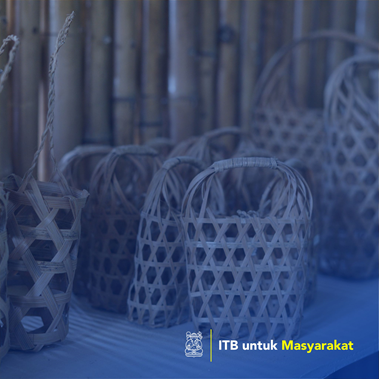

Irfansyah
The Museum as a means of informal education has an important role in education outside the formal school system, in addition to its main function as a means of conservation of historical objects and knowledge of human and natural work for the benefit of the community. Museum was established to represent an identity. Identity refers to the type of collection and the organizer of the museum itself and is formed from a set of information. On several occasions the museum held a temporary exhibition outside the location to expand its identity. The visual experience presented by the museum at a temporary exhibition is less than optimal. Application of One Way Visual Media (One Way) is less able to represent the absence of the museum. The lack of exploration of information on the media inhibits the creation of experience. Textual information about supporting collections is less able to cover the loss of information from the visual aspect. So what is needed is the creation of artificial experiences, especially those that accommodate visual elements. Virtual reality with digital technology has the ability to manipulate how to deliver interactive information without reducing the contents of previous information. The environment created is an imitated reality or only an imagination environment. The transformation is expected to feel as if it is in the real condition or situation. Users interact with artificial realities in the same way as he interacts with the three-dimensional world (Sanoff, 1991). This ultimately aims to get an experience there.
Application of appropriate technology, how many artwork / design / architecture / regional planning, the application of writing
The visual experience presented by the museum at a temporary exhibition is less than optimal. Application of One Way Visual Media (One Way) is less able to represent the absence of the museum. The lack of exploration of information on the media inhibits the creation of experience. Textual information about supporting collections is less able to cover the loss of information from the visual aspect. So what is needed is the creation of artificial experiences, especially those that accommodate visual elements.